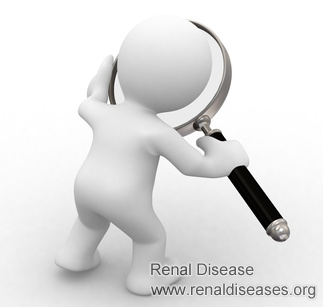Whatsapp: +8615512139310
- Email us:
 How can I find if I have renal parechymal disease? When diagnosed with the kind of kidney disease, it means the kidney disease appears damage in their renal parenchyma. Well then, is there any signs to indicated the condition? Now, let’s have a discussion.
How can I find if I have renal parechymal disease? When diagnosed with the kind of kidney disease, it means the kidney disease appears damage in their renal parenchyma. Well then, is there any signs to indicated the condition? Now, let’s have a discussion.
Actually, kidney tissues are divided into two underlying conditions and they are known as: renal vascular part and renal parenchymal part. Here are its causes, symptoms or signs as well as the possible treatment for your reference.
Million of nephrons lie within the renal parenchymal area of each kidney. The nephrons contain arterioles, or small blood vessels, known as glomeruli, that are surrounded by tubules, which filters the blood throughout the body. Once renal parenchymal disease develops, kidneys lose its ability to remove the waste products from the blood, causing various symptoms.
Is there any signs or symptoms to indicate renal parechymal disease?
1. Lupus Erythematosus
Studies estimate that up to 50% of patients diagnosed with lupus erythematusus experience a renal parenchymal disease known as lupus nephritis.
2. Diabetes
Long-term increased blood sugar in the blood will add additional force to the wall of blood vessels, increasing blood pressure, which can cause damage to the renal parenchymal part.
Long standing causes of high blood pressure also can cause kidney damage. On the contrary, hypertension can also cause renal problems.
4. Kidney Stone
In people with constant kidney stone, damage in renal cells and tissues can happen. In this conditions, bacterial infections may usually happens and cause struvite stones. Also edema, inflammation and high blood pressure are common in this conditions.
If you have the mentioned symptoms, you should pay more attention to your kidney healthy. And you should do some routine tests like blood test, urine test, CT scan, and so on to make sure the kidney damage degree. Any follow- up questions, please mail us to renal-disease@hotmail.com or leave a message below directly.
Tag: CKD Basics